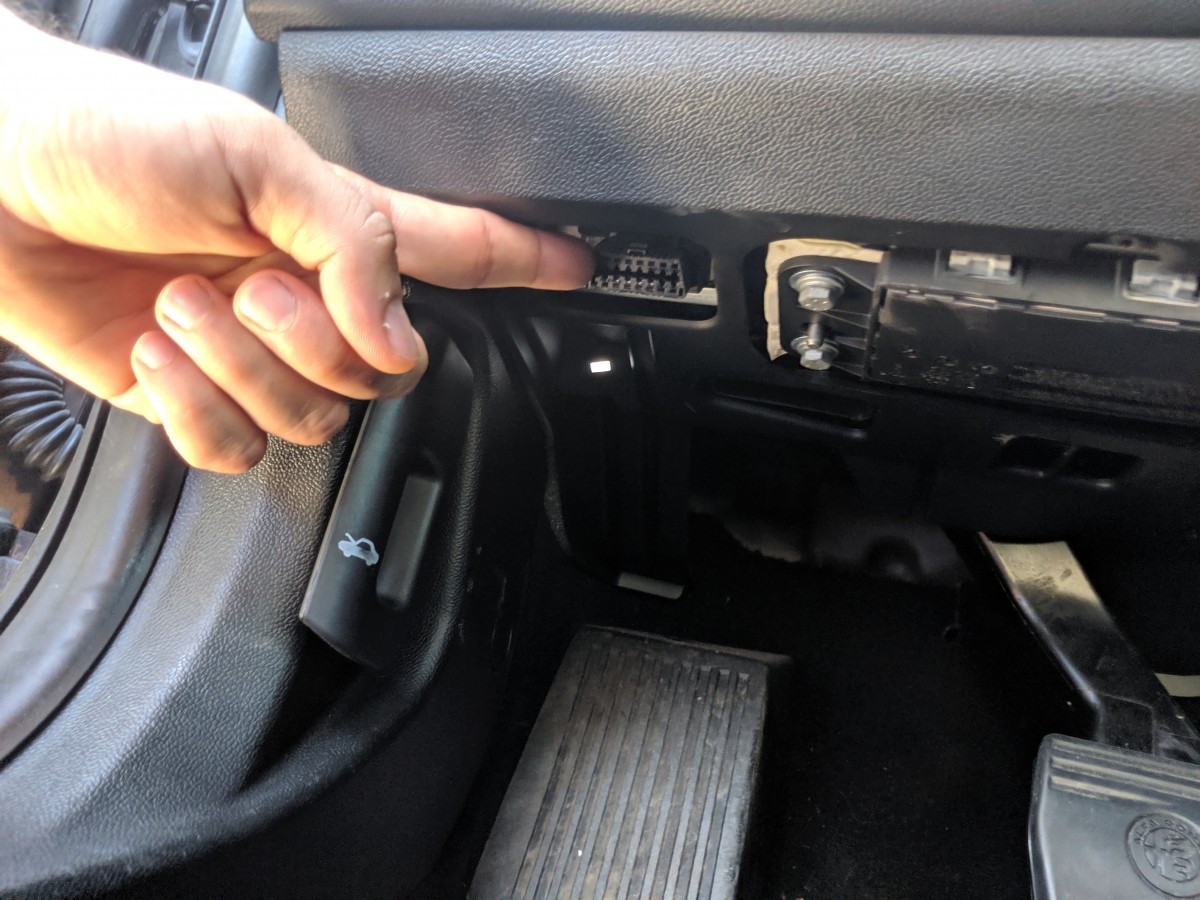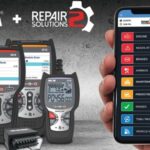The OBD2 (On-Board Diagnostics) port on your Alfa Romeo Giulia is a crucial interface for diagnosing and troubleshooting car problems. Knowing its location can save you time and money when dealing with maintenance and repairs. This guide provides a clear and concise answer to the common question: “Where is the OBD2 port on an Alfa Romeo Giulia?”
The OBD2 port in an Alfa Romeo Giulia is typically located underneath the steering wheel column, on the driver’s side. You may need to look up under the dash to find it. Sometimes, it might be hidden behind a small panel that can be easily removed.
Why is the OBD2 Port Important?
The OBD2 port allows you to connect a diagnostic scanner to access your car’s computer system. This enables you to:
- Read and Clear Diagnostic Trouble Codes (DTCs): These codes indicate specific problems within your car’s systems.
- Monitor Real-Time Data: Observe live sensor readings such as engine speed, coolant temperature, and fuel pressure to understand how your car is performing.
- Perform System Tests: Activate certain components like the fuel pump or cooling fan to diagnose issues.
- Reset Warning Lights: After resolving a problem, you can use the OBD2 port to reset warning lights like the check engine light.
Common Uses for the OBD2 Port in an Alfa Romeo Giulia
- Troubleshooting Engine Issues: Diagnose misfires, poor fuel economy, or rough running.
- Transmission Diagnostics: Identify problems with shifting, slipping, or other transmission malfunctions.
- ABS and Airbag System Checks: Diagnose issues with the Anti-lock Braking System (ABS) or airbag warning lights.
- Emissions Testing: Verify that your vehicle meets emissions standards.
- Performance Tuning: Adjust engine parameters for increased performance (requires specialized software and knowledge).
OBD2 in Other Alfa Romeo Models
While this article focuses on the Alfa Romeo Giulia, the OBD2 port location can vary slightly in other Alfa Romeo models. Here’s a quick overview:
- Alfa Romeo 159/939: Under the dashboard on the driver’s side, often behind a removable panel.
- Alfa Romeo Mito: Under the dashboard on the driver’s side, behind a compartment and a cover.
- Alfa Romeo 156: Above the brake pedal.
- Alfa Romeo Giulietta: Under the steering wheel, often behind a small cover.
Choosing an OBD2 Scanner for your Alfa Romeo Giulia
A wide variety of OBD2 scanners are available, from basic code readers to professional-grade diagnostic tools. Choose a scanner that meets your needs and budget. Consider features such as:
- Code Reading and Clearing: Essential for basic diagnostics.
- Live Data Streaming: Allows you to monitor real-time sensor data.
- Bi-directional Control: Enables you to activate components for testing.
- Vehicle-Specific Functionality: Some scanners offer advanced features tailored to specific car makes and models.
Conclusion
Locating the OBD2 port on your Alfa Romeo Giulia is the first step in diagnosing and resolving car problems. By utilizing this powerful diagnostic interface, you can gain valuable insights into your car’s health, potentially saving yourself time and money on repairs. Remember to consult your owner’s manual or a qualified mechanic if you have difficulty locating the port or interpreting diagnostic codes.


